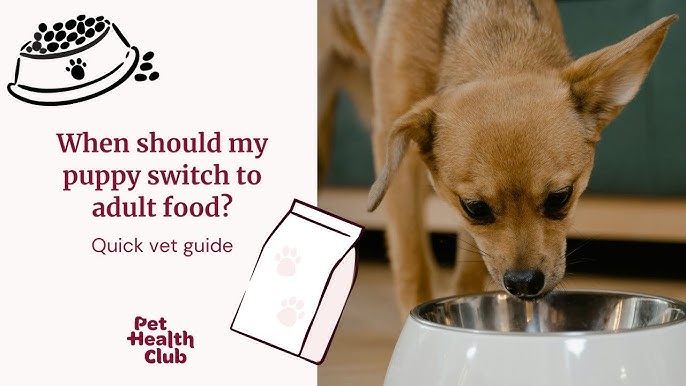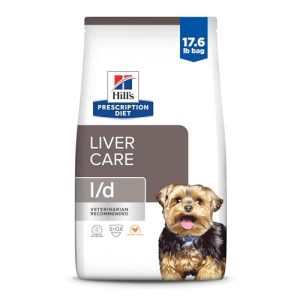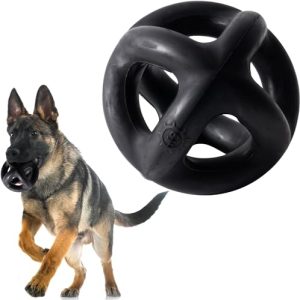Choosing the right time to transition your puppy to adult dog food is crucial for their health and happiness. As a loving pet parent, you want to ensure your furry friend gets the nutrition they need to thrive.
But how do you know when it’s the right time to make the switch? It can feel overwhelming, but don’t worry—you’re not alone in this. We’ll guide you through the signs to look for and the steps to take, ensuring a smooth transition for your beloved pet.
Get ready to unlock the secrets to keeping your dog healthy and energetic for years to come. Keep reading to discover the perfect timing that can make all the difference for your four-legged friend.
Puppy Growth Stages
Puppies grow quickly in their first year. Their food needs change as they develop. Feeding the right food helps them stay healthy and strong.
Knowing when to switch from puppy to adult dog food depends on their growth stage and breed size. This guide explains key milestones and breed size effects.
Key Development Milestones
Puppies pass through several important growth stages. Each stage needs proper nutrition for healthy bones, muscles, and energy.
- Neonatal Stage (0-2 weeks):Puppies are small and rely on mother’s milk only.
- Transitional Stage (2-4 weeks):Eyes and ears open, start exploring.
- Socialization Stage (4-12 weeks):Learning to play and interact, start trying soft solid food.
- Juvenile Stage (3-6 months):Rapid growth, teeth development, need high-calorie puppy food.
- Adolescence (6-12 months):Growth slows, preparing for adult food transition.
Breed Size Impact
Breed size changes when to switch to adult food. Small and large breeds grow at different rates. Feeding needs vary to support their size.
| Breed Size | Growth Duration | Transition Age |
|---|---|---|
| Small Breeds | Grow fast, finish by 9-12 months | Switch at 9-12 months |
| Medium Breeds | Grow steady, finish by 12 months | Switch at 12 months |
| Large Breeds | Grow slowly, finish by 12-18 months | Switch at 12-18 months |
| Giant Breeds | Grow longest, finish by 18-24 months | Switch at 18-24 months |

Credit: www.youtube.com
Signs To Switch
Knowing when to change your puppy’s food to adult dog food is important. The right time helps your dog grow healthy and strong.
Watch your puppy’s behavior and body for signs that they need adult food. These signs show they are ready to move on.
Behavioral Changes
Puppies often act differently as they grow. These changes can tell you when to switch their food.
Your puppy may eat less or seem less active. They might not need as many calories as before.
- Less hyperactivity during playtime
- Reduced hunger or smaller meals
- Calmer behavior and longer rest periods
Physical Indicators
Physical signs show when your puppy’s body is ready for adult food. Look for changes in size and teeth.
Puppies usually grow fast at first. When growth slows and adult teeth come in, it’s time to switch.
- Adult teeth have mostly replaced baby teeth
- Growth in height and weight begins to slow
- Body shape looks more like an adult dog
Nutritional Differences
Choosing the right food for your dog is important for its health. Puppies and adult dogs need different nutrients for their growth and maintenance.
Knowing when to switch from puppy food to adult dog food helps keep your dog healthy. The nutritional needs change as dogs grow.
Puppy Vs Adult Formulas
Puppy food has more calories to support fast growth. Adult dog food has fewer calories to maintain a healthy weight.
Puppy formulas have extra protein and fat. Adult formulas balance nutrients for steady energy and health.
- Puppy food: higher calories, protein, and fat
- Adult food: controlled calories, balanced nutrients
- Puppy food supports bone and muscle growth
- Adult food supports maintenance and energy
Essential Nutrients
Puppies need more calcium and phosphorus for strong bones. Adult dogs need these minerals in smaller amounts.
Both need protein for muscles but puppies need higher protein levels. Adult dogs need protein to keep muscles healthy.
| Nutrient | Puppy Needs | Adult Dog Needs |
|---|---|---|
| Calories | High for growth | Moderate for maintenance |
| Protein | High for muscle development | Moderate to maintain muscles |
| Calcium & Phosphorus | Higher for bone growth | Lower to avoid excess |
| Fat | Higher for energy | Balanced for health |
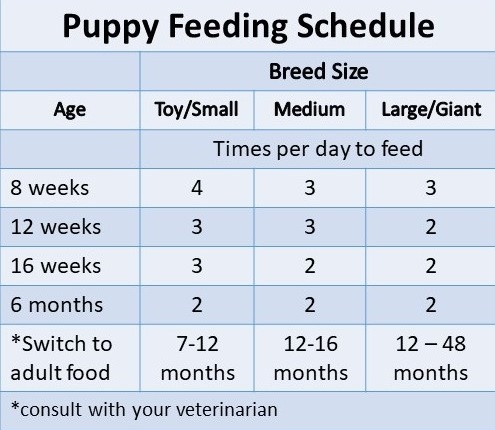
Credit: www.vetsupply.com.au
Ideal Transition Age
Knowing when to switch your puppy to adult dog food is important. The right time depends on your dog’s breed and size.
Feeding adult food too early or too late can affect your dog’s growth and health. Let’s explore the ideal transition age for small and large breeds.
Small Breeds Timeline
Small breed puppies grow faster than large breeds. They usually reach adult size by 9 to 12 months.
- Most small breeds can start adult food at 9 months.
- Some tiny breeds may switch as early as 8 months.
- Check your vet’s advice for your specific breed.
Large Breeds Timeline
Large breed puppies grow for a longer time. Their bones and muscles need more care during growth.
| Breed Size | Typical Transition Age | Reason |
| Large Breeds (50-90 lbs) | 12 to 15 months | Longer growth period |
| Giant Breeds (90+ lbs) | 15 to 24 months | Extended bone development |
Transition Process
Changing your puppy’s food to adult dog food needs care and patience. It helps your dog adjust to new food without stomach upset.
Follow simple steps to mix foods and watch your dog’s health during the change. This makes the switch safe and comfortable.
Gradual Food Mixing
Start by mixing a small amount of adult food with puppy food. Slowly increase the adult food over time while decreasing puppy food.
- Day 1-3: 25% adult food, 75% puppy food
- Day 4-6: 50% adult food, 50% puppy food
- Day 7-9: 75% adult food, 25% puppy food
- Day 10 and after: 100% adult food
Monitoring Health
Watch your dog for signs of good health. Check for energy, appetite, and stool quality. Any changes can mean the food switch needs adjustment.
| Health Check | What to Look For |
| Energy Level | Active and playful |
| Appetite | Eating normally or well |
| Stool Quality | Firm and regular |
| Skin and Coat | Shiny and healthy |
Common Mistakes
Changing your puppy’s food to adult dog food is important for their growth. Many pet owners make mistakes that can hurt their dog’s health. Knowing when and how to switch food can help your dog stay healthy and happy.
This guide points out common errors to avoid. It focuses on switching too early and ignoring breed needs. These mistakes are easy to fix with the right knowledge.
Switching Too Early
Changing to adult dog food before your puppy is ready can cause health issues. Puppies need extra nutrients for growth that adult food may not provide. Switching too soon can lead to poor development and low energy.
- Puppies need more protein and fat for strong muscles and energy.
- Adult food may lack the right vitamins for bone growth.
- Switching too early can upset your puppy’s digestion.
- Wait until your vet says your puppy is ready to switch.
Ignoring Breed Needs
Every dog breed has different nutritional needs. Ignoring these needs can cause problems. Large breeds grow slower and need special diets. Small breeds burn energy faster and need more calories.
| Breed Size | When to Switch | Special Needs |
| Small Breeds | 9-12 months | Higher calorie food for fast metabolism |
| Medium Breeds | 12 months | Balanced nutrients for steady growth |
| Large Breeds | 12-18 months | Lower calories to avoid fast growth and joint stress |
Veterinarian Advice
Knowing when to switch your puppy to adult dog food is important for their health. Veterinarians help guide this decision based on your dog’s breed and growth.
Feeding the right food supports their energy and development. This guide shares advice from vets on making the change safely.
Personalized Recommendations
Every puppy grows at a different rate. Your vet can suggest the best time to switch based on your puppy’s size and breed.
Large breeds may need more time on puppy food. Smaller breeds often change sooner. Your vet checks their weight and health before advising.
- Small breeds usually switch around 9 to 12 months
- Large breeds may switch at 12 to 18 months
- Vet monitors growth and adjusts timing as needed
- Health conditions can affect food choices
When To Seek Help
Watch your puppy’s reaction during the food change. Contact your vet if you see problems like upset stomach or poor appetite.
Vets can offer advice if your puppy gains too much or too little weight. They help make sure the new food meets all nutrition needs.
- Persistent vomiting or diarrhea after switching
- Refusal to eat the new food for several days
- Sudden changes in weight or energy levels
- Signs of allergies or skin problems
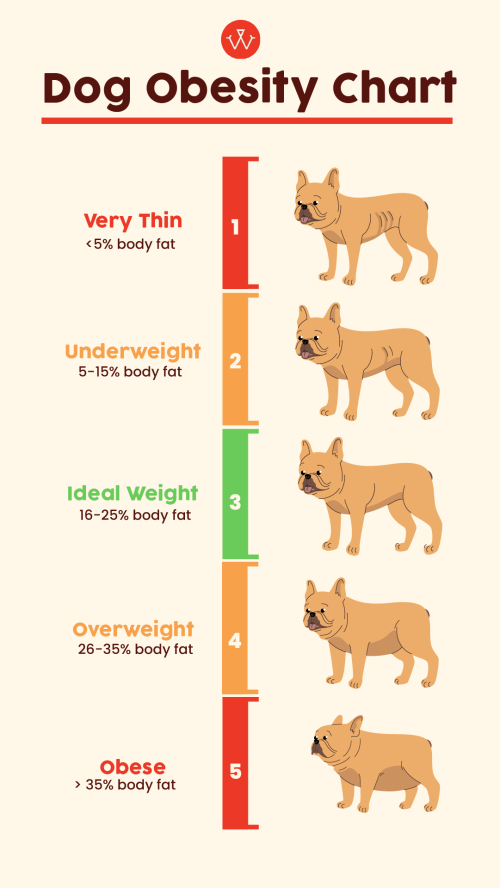
Credit: wefeedraw.com
Frequently Asked Questions
When Is The Best Time To Switch Puppy Food?
The best time to switch is when your puppy reaches 12 months. Large breeds may need adult food at 18 months. This ensures balanced nutrition for growth and development.
How To Recognize If Puppy Needs Adult Food?
Look for slowed growth and reduced energy levels. Your vet can guide the transition timing. Switching too early or late can affect health.
What Are Signs Of Poor Transition To Adult Food?
Watch for digestive issues, weight loss, or lack of appetite. These indicate the food change is too abrupt or unsuitable. Gradual transition is recommended.
Can I Mix Puppy And Adult Dog Food?
Yes, mix puppy and adult food gradually over 7-10 days. This helps your dog’s digestion adjust smoothly and prevents stomach upset.
Conclusion
Transitioning your puppy to adult dog food needs careful timing. Watch for growth milestones and energy changes. Choose food that matches your dog’s size and breed. Gradually mix new food to avoid stomach upset. Healthy eating supports strong bones and shiny coat.
Consult your vet if unsure about the switch. A smooth transition helps your dog stay happy and active. Keep an eye on their weight and digestion. Your dog will thank you with a joyful life.

Emily Barker is the founder of ChillDogLife.com, a space dedicated to helping pup parents discover the best dog products, lifestyle tips, and cozy ideas for happier homes.
A lifelong dog lover, Emily combines her passion for pets with a knack for research to share trusted recommendations on everything from toys and furniture to health and everyday care.
Her goal is simple: to make life easier, stylish, and more joyful for dogs and the people who love them.
